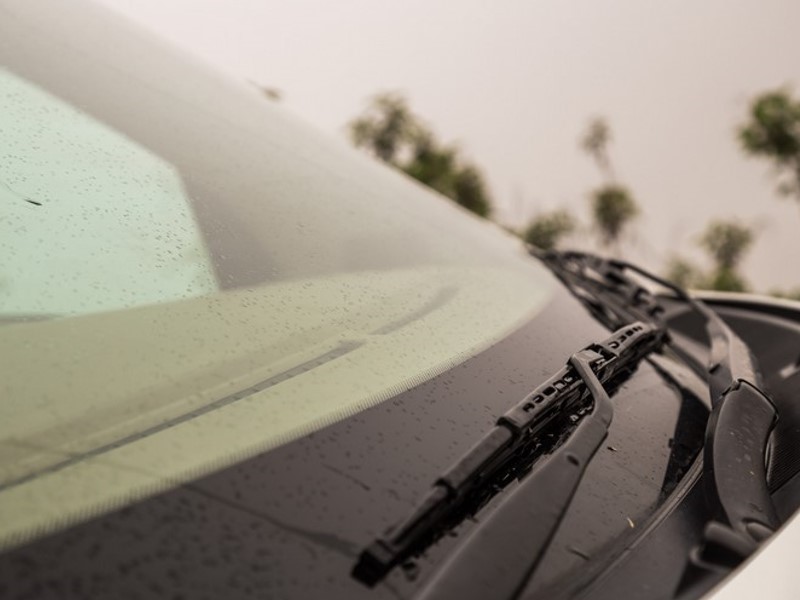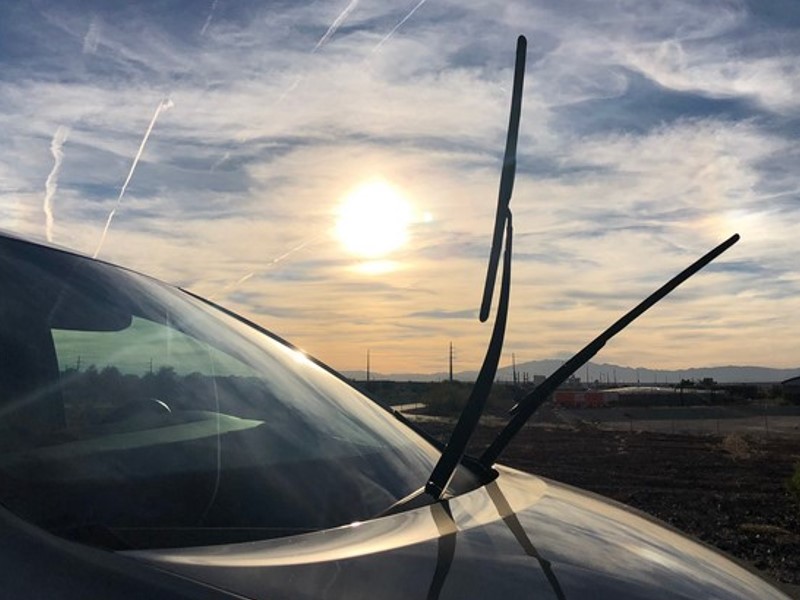The Evolution of Car Wiper Blades
When you think about the components that make up your automobiles, car wiper blades might not be the first thing that comes to mind. However, these unassuming strips of rubber play a crucial role in ensuring our safety and comfort on the road, especially during inclement weather.
Let’s delve into the fascinating history of car wiper blades, explore their various uses, and learn how to properly maintain them for optimal performance.
Table of Contents
A Brief History
The story of car wiper blades dates back to the early 20th century, a time when automobiles were rapidly gaining popularity, but road conditions were far from ideal. As more cars took to the streets, the need for better visibility in rainy or snowy weather became increasingly apparent.
The first windshield wipers were simple hand-operated devices, often consisting of a rubber blade attached to a manually operated handle inside the car. While these early wipers were better than nothing, they were far from perfect. Drivers had to manually crank them back and forth, which was not only cumbersome but also distracting.

In 1903, Mary Anderson, an American inventor, patented the first mechanical windshield wiper system. Her invention consisted of a lever-operated device with a rubber blade that could be moved up and down across the windshield. Although Anderson’s design was an improvement over previous methods, it still required manual operation and was not widely adopted at the time.
It wasn’t until the 1920s and 1930s that windshield wipers began to see more widespread use in automobiles. With advancements in technology and manufacturing, wiper systems became more reliable and efficient. Electrically powered wiper systems, which eliminated the need for manual operation, became standard features in cars by the mid-20th century, further enhancing driver safety and convenience.
The Uses of Wiper Blades
The primary purpose of a car windshield wiper is to clear the windshield of water, snow, dirt, and other debris, thereby improving visibility for the driver. Whether it’s a drizzle or a torrential downpour, these blades ensure that drivers can see clearly and navigate safely through adverse weather conditions.
In addition to enhancing visibility, windshield wipers also play a crucial role in maintaining the integrity of the windshield itself. By removing debris and moisture from the glass surface, the windshield wiper helps prevent scratches and damage that can impair visibility and compromise safety.

Furthermore, modern wiper blade designs are optimized for aerodynamics and efficiency, minimizing wind noise and drag while maximizing performance. Some advanced blades even incorporate features such as heated elements or hydrophobic coatings to further improve their effectiveness in challenging conditions.
Types of Windshield Blades for Cars
When it comes to maintaining visibility on the road during adverse weather conditions, the type of wiper blades equipped on your car plays a pivotal role. There are several types of wiper blades available, each designed to cater to specific needs and preferences.
Traditional Frame Blades
These are the most common type of wiper blades, featuring a metal framework with a rubber blade. They are durable and provide reliable performance in various weather conditions.

Beam Blades
Unlike traditional frame blades, beam blades lack the conventional frame structure, making them sleeker in design. They offer improved contact with the windshield, ensuring better wiping performance and reduced streaking.
Hybrid Blades
As the name suggests, hybrid blades combine the design elements of traditional frame blades and beam blades. They offer the durability of traditional blades with the improved performance of beam blades, making them a popular choice among car owners.
Winter Blades
Designed specifically for harsh winter conditions, these blades feature a rugged construction and a rubber boot to prevent snow and ice buildup. They provide excellent visibility in snowstorms and icy conditions.
Care and Maintenance Tips
Like any other automotive component, wiper blades require regular maintenance to ensure optimal performance and longevity. Here are some tips for taking care of your wiper blades:
Inspect Regularly
Make it a habit to visually inspect your windshield wiper regularly, checking for signs of wear, damage, or deterioration. Look for cracks, tears, or uneven wear along the rubber edge of the blade.
Clean the Blades
Clean your windshield wiper periodically to remove dirt, grime, and debris that can accumulate on the rubber surface. Use a mild detergent or automotive glass cleaner and a soft cloth to gently wipe down the blades.
Avoid Harsh Chemicals
Avoid using harsh chemicals or abrasive cleaners on your wiper blades, as these can cause damage to the rubber and reduce their effectiveness. Stick to gentle cleaning agents that are safe for automotive use.
Keep the Windshield Clean
A clean windshield can help prolong the life of your blades by reducing friction and wear. Regularly clean your windshield with glass cleaner to remove dirt, bugs, and other debris that can contribute to blade deterioration.
Replace When Necessary
The windshield wiper typically needs to be replaced every 6 to 12 months, depending on usage and environmental conditions. If you notice any signs of wear or deterioration, such as streaking, skipping, or smearing, it’s time to replace your wiper blades.
Choose the Right Blades
When replacing your wiper blades, make sure to choose the correct size and type for your vehicle. Consult your owner’s manual or ask a knowledgeable automotive professional for guidance if you’re unsure.
By following these simple maintenance tips, you can ensure that your windshield blades remain in top condition and continue to provide reliable performance when you need them most.
Wrapping It Up
The windshield wipers may seem like a small and insignificant component of our vehicles, but their importance should not be underestimated.
From their humble beginnings as simple hand-operated devices to today’s high-tech solutions, the windshield wiper has come a long way in improving driver safety and convenience.
By understanding the history of wiper blades, appreciating their various uses, and learning how to properly maintain them, drivers can ensure that their windshield wipers continue to provide clear visibility and reliable performance for miles to come. So the next time you hit the road on a rainy day, take a moment to appreciate the humble yet indispensable wiper blades that keep you safe and comfortable behind the wheel.

